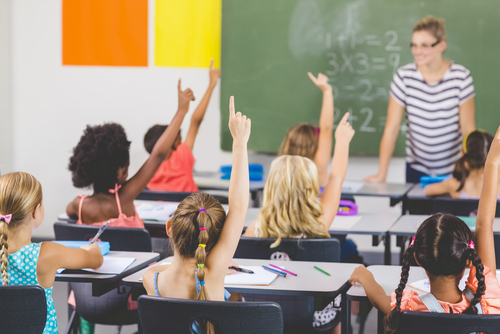Nearly one-third of public schools (31%) have one or more non-permanent (portable) buildings in use on campus, according to new data released by the National Center for Education Statistics (NCES), the statistical center within the U.S. Department of Education’s Institute of Education Sciences (IES).

Additionally, major repair, renovation, or modernization work was being performed in 21% of all public schools as of December of this academic year, when the survey was administered. The average age of the main instructional building among reporting U.S. public schools is 49 years, with 38% constructed before 1970.
The findings are part of an experimental data product from the NCES’s School Pulse Panel, which covers various topics and aims to deliver information regarding the COVID-19 pandemic’s impact on public K-12 schools in the U.S.
“The condition of our school facilities plays a critical role in the education of more than 49 million U.S public school students,” said NCES Commissioner Peggy G. Carr. “School facilities provide a setting for learning and affect health and comfort of the school’s students and staff. As such, these data provide insight into the current condition of our schools as the nation continues down the road to learning recovery.”
The NCES data provide information on matters related to air quality inside and outside of public schools. Thirty-nine percent of schools have an Indoor Air Quality Coordinator on campus. This position is responsible for monitoring air quality conditions at the school and reporting air quality issues and complaints.
In addition, 60% of schools reported that they have designated vehicle loading and unloading areas at least 25 feet from all building air intakes, including doors and windows. Eighteen percent of schools have an anti-idling program in place, which includes signage and active monitoring during pick-up and drop-off times for students.
Additional data collected from 100 public K-12 schools in the U.S. Outlying Areas—American Samoa, the Commonwealth of the Northern Mariana Islands, Guam, and the U.S. Virgin Islands—are also available. Results from this collection include the finding that major repair, renovation, or modernization work was being performed in 33% of all Outlying Area public schools as of December of this academic year.
All new data released can be found on the School Pulse Panel dashboard here.
ALSO READ: A Sustainable Approach to School Infrastructure Upgrades
